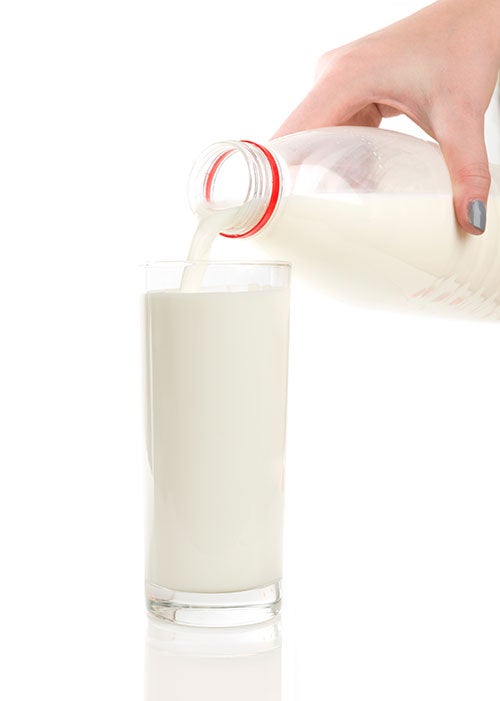Healthy Bones
You know that calcium is good for bones but are you getting enough? Too much? Missing other essential bone nutrients? Take our quiz to find out.
Get full access to Outside Learn, our online education hub featuring in-depth nutrition, fitness and adventure courses, and more than 2,000 instructional videos when you sign up for Outside+..
1 – Our overall bone mass reaches its peak and begins to decline in our:
a) 20s
b) 30s
c) 40s

2 – Government guidelines recommend that adults take 1,000 mg of calcium supplements daily, and that women take 1,200 mg daily after age 50.
a) True
b) False
3 – There is no danger in taking too much calcium.
a) True
b) False
4 – Risk of bone fractures is higher:
a) Among women after menopause
b) Among small, older women who are thin
c) Among men and women who are obese and have diabetes
d) Both (a) and (b)
e) All of the above
5 – Olive oil helps to keep bones healthy.
a) True
b) False
6 – In addition to calcium, these nutrients are required for healthy bones:
a) Magnesium
b) Vitamin D
c) Vitamin K2
d) Magnesium and vitamin D
e) All of the above
7 – Constipation can be a sign of too much:
a) Calcium
b) Magnesium
c) Both of the above
9 – Which of these contains the most calcium?
a) Whole milk
b) Lowfat (2%) milk
c) Nonfat milk
d) Plain, non-fat yogurt
9 – Which of these activities is good for improving bone health?
a) Walking
b) Swimming
c) Riding a bicycle
d) All of the above
Answers
- b) In most people, bone mass begins to decline in their 30s, but individual health status, nutrition, and exercise habits always play an important role.
- b) These amounts are recommended as the daily total from foods, beverages, and supplements.
- b) Although research results have not been totally consistent, studies of both men and women have shown that too much calcium from supplements may increase deposits of calcium in arteries, stiffness of blood vessels, and unhealthy blood clotting, and may interfere with absorption of iron and zinc. However, adequate calcium seems to reduce risk for heart disease.
- e) Menopause increases women’s risk, as does being a small, thin woman. Higher body weight is generally protective of bones, and more overall body mass typically means more bone mass. However, a study at the University of Missouri found that the combination of obesity and diabetes reduces the quality of bone, increasing risk of fractures.
- a) A Spanish study, published in the International Journal of Food Sciences and Nutrition, found that olive oil, eaten regularly, helps to preserve bone mass.
- e) Like calcium, magnesium is a building block of bone. Without enough vitamin D, bones can become thin, brittle, or oddly shaped, and the vitamin enhances absorption of calcium. Vitamin K2, especially in the MK-7 (short for menaquinone-7) form, or a patented form called MenaQ7, helps to direct calcium to bone instead of to the arteries, where it can cause damage.
- a) Too much calcium can cause constipation, easily relieved by reducing intake and/or getting sufficient magnesium. Taking more magnesium than your body can absorb can result in loose stools or diarrhea.
- d) Per 8-ounce serving, plain, nonfat yogurt contains 415 mg; whole milk: 276 mg; Lowfat milk: 293 mg; and nonfat milk: 299 mg.
- a) Weight-bearing exercise such as walking, where you are working against gravity, helps to build bone, as does weight or resistance training, jogging or running, hiking, playing tennis, dancing, or climbing stairs. When your weight is supported by water or by a bike, the exercise is still beneficial for your heart and muscles, but not as much for your bones.